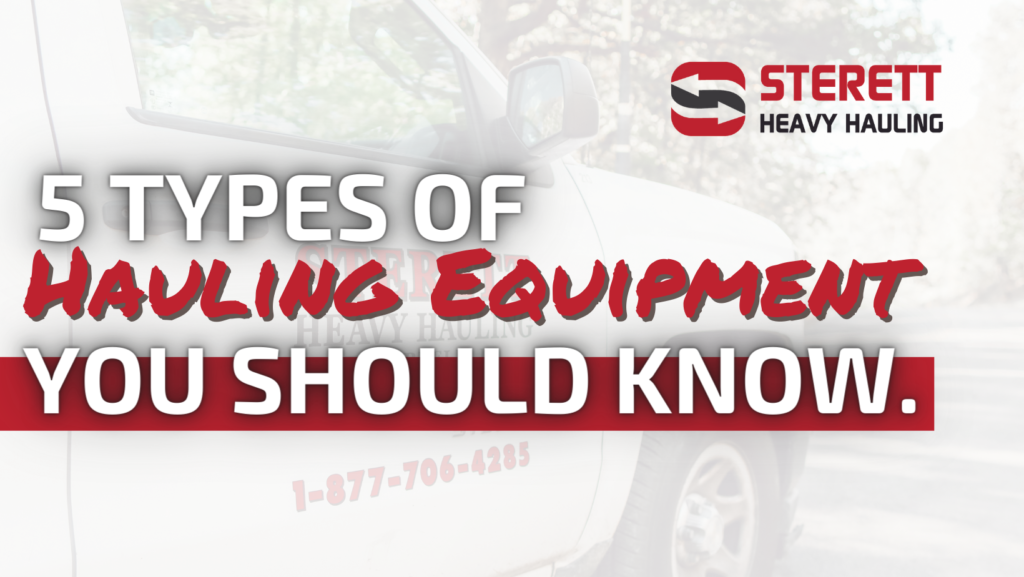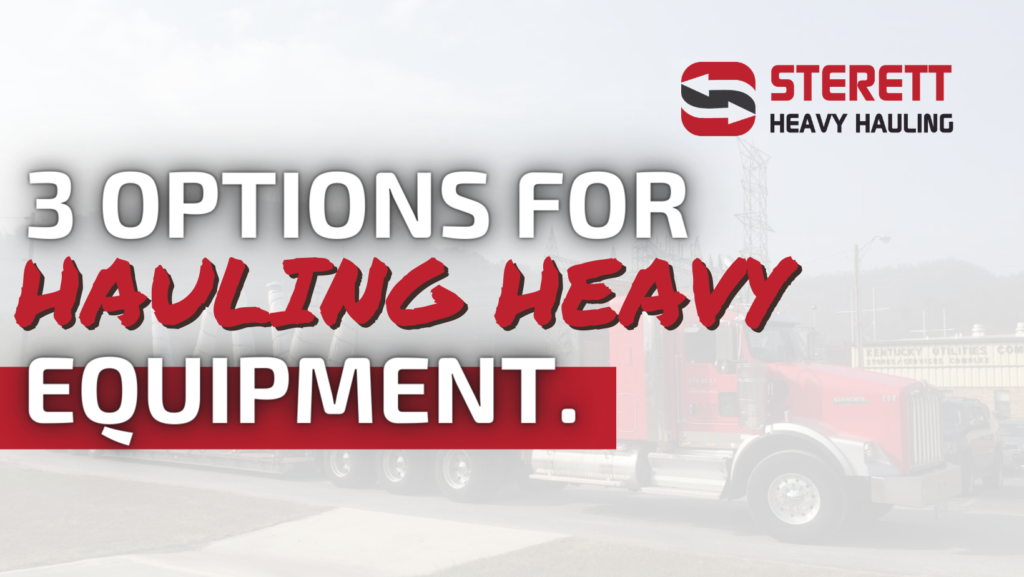Hauling cargo is the lifeblood of trade and business in America. Moving loads of good and materials from one corner of the country to another is what helped build the country and the American economy. Hauling any kind of cargo is important but not all loads were created equal. When you hear the words “heavy hauling” this means something very different than a regular haul. Here is the difference between regular hauling and heavy hauling.
What is Heavy Hauling?
Heavy hauling can sometimes difficult to classify exactly because there are different requirements for heavy hauling based on federal, state and local regulations. For example, heavy hauling Florida cargo will be different than heavy hauling Kentucky cargo. There are some general guidelines though that most people agree makes a for heavy hauling. These are cargo loads that exceed 8 feet, 6 inches in width, 13 feet, 6 inches in height or over 50 or so feet in length. Also, if the cargo weighs over 80,000 pounds, it is considered a heavy haul.
Heavy hauling also may require vehicles with additional axels based on the weight that regular hauling would not. According to the U.S. Department of Transportation, there are different weight requirements for different styles of axels. The weight hauled on steer axels cannot exceed 12,00 lb., single axels cannot go over 20,000 lb., drive axels no more than 34,000 lb., and that number is the same for tandem axels.
Heavy Hauling Legal Requirements
Once again, there are legal requirements for heavy hauling on both a federal and local level. So, these things may vary slightly by state. This will give you a general idea though of the additional legal requirements of a heavy haul as opposed to a regular haul.
Permitting is very important in the heavy hauling and specialty transportation industry. Most permits lay out the amount of time and during which hours cargo can travel. There may be multiple permits required based on the municipalities you are hauling through and the specific type of cargo.
There are a number of other specific safety requirements that may be called for as well while transporting heavy haul cargo. Your cargo may need a pilot vehicle to guide it or even a police escort in some places. It may also need special rotating, yellow, LED lights, brightly colored safety flags or even an “oversized load” banner to make sure you that you are not only safe but also in legal compliance with all federal and local laws.
Conclusion
There is a lot that goes into knowing and adhering to the different guidelines for heavy hauling versus regular hauling. That is why it is so important to work with an experienced heavy hauling company who knows what they are doing. With Sterett Heavy Hauling, we can meet all your heavy hauling needs. With locations in St. Louis, Nashville, Louisville, Jacksonville, and elsewhere you are never far away from a local specialized hauling and industrial transportation company that can meet your specific needs.



